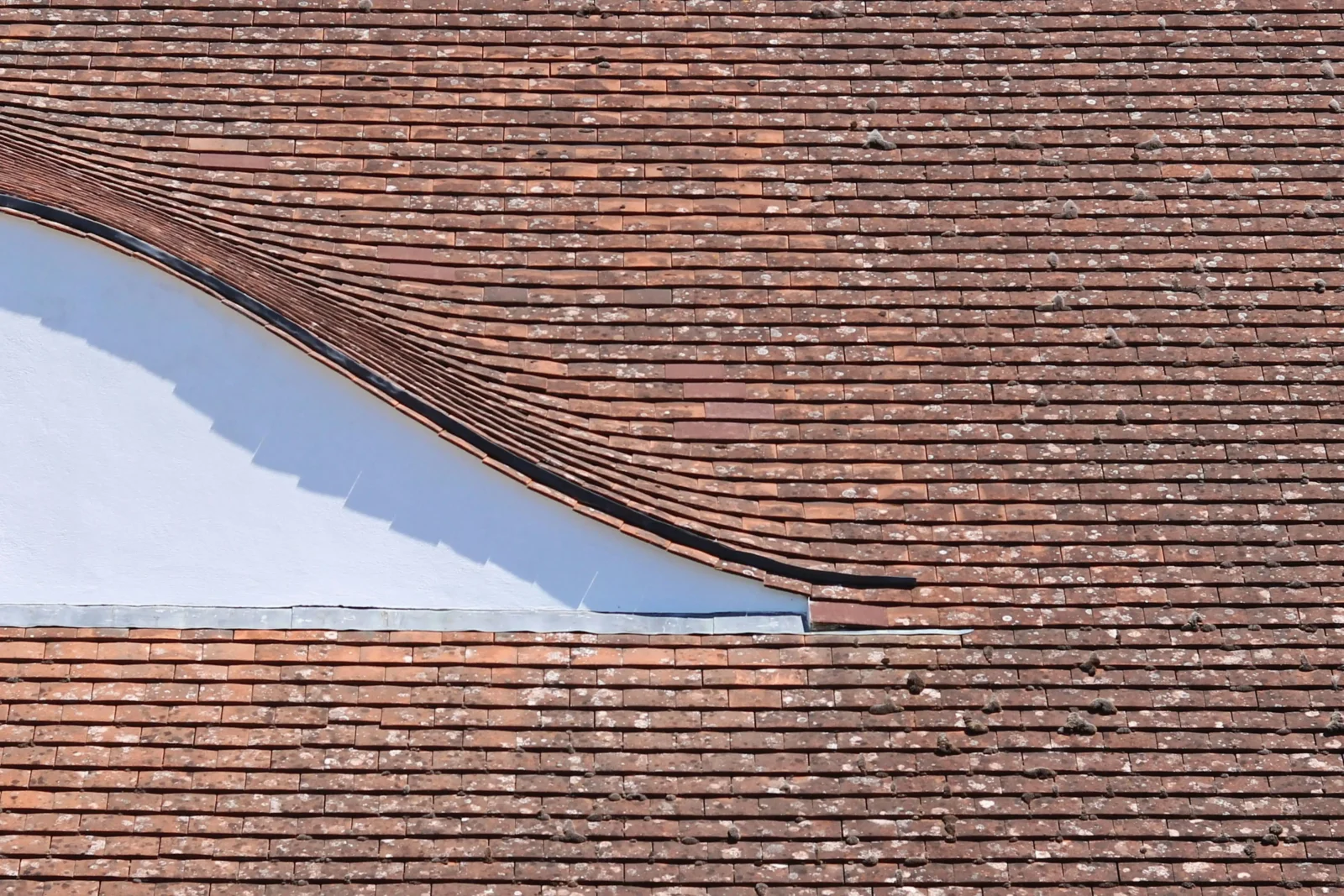- Home
- Articles
- Architectural Portfolio
- Architectral Presentation
- Inspirational Stories
- Architecture News
- Visualization
- BIM Industry
- Facade Design
- Parametric Design
- Career
- Landscape Architecture
- Construction
- Artificial Intelligence
- Sketching
- Design Softwares
- Diagrams
- Writing
- Architectural Tips
- Sustainability
- Courses
- Concept
- Technology
- History & Heritage
- Future of Architecture
- Guides & How-To
- Art & Culture
- Projects
- Interior Design
- Competitions
- Jobs
- Store
- Tools
- More
- Home
- Articles
- Architectural Portfolio
- Architectral Presentation
- Inspirational Stories
- Architecture News
- Visualization
- BIM Industry
- Facade Design
- Parametric Design
- Career
- Landscape Architecture
- Construction
- Artificial Intelligence
- Sketching
- Design Softwares
- Diagrams
- Writing
- Architectural Tips
- Sustainability
- Courses
- Concept
- Technology
- History & Heritage
- Future of Architecture
- Guides & How-To
- Art & Culture
- Projects
- Interior Design
- Competitions
- Jobs
- Store
- Tools
- More

Roofing plays a vital and often overlooked role in the overall success of construction projects. A well-constructed roof safeguards the interior of buildings from various weather elements, enhances energy efficiency, and contributes to the aesthetic appeal of structures. As construction techniques evolve, so do roofing materials and approaches, adapting to meet contemporary needs. Numerous factors contribute to the importance of roofing, including sustainability, cost-efficiency, and technological advancements. This article delves into the multifaceted role of roofing in construction projects, emphasizing its significance across various dimensions.
Table of Contents
ToggleUnderstanding Roofing Materials
Choosing the right roofing materials influences the durability and overall performance of a structure. Traditional materials such as asphalt shingles, metal, and tile each come with unique benefits. Asphalt shingles are popular for their cost-effectiveness and ease of installation. Metal roofing is becoming increasingly favored for its longevity and energy efficiency. Tile roofing, although heavier and often more costly, offers exceptional insulation properties and can withstand extreme weather conditions.
Innovations in roofing materials, such as recycled and renewable options, are expanding the choices available to builders. Sustainable materials aid in reducing the carbon footprint and align with modern consumer preferences for eco-friendly options. Understanding these materials’ characteristics and their suitability for specific climates is essential for architects and builders alike.

The Impact of Roofing on Energy Efficiency
Roofing plays a vital role in a building’s energy efficiency by managing heat absorption and insulation. Reflective materials and cool roofs help reduce cooling needs in hot climates, while proper insulation retains warmth in colder seasons. In markets where sustainability is prioritized, collaborating with professionals like roofing services in Peoria can provide expert insights into energy-efficient solutions that optimize performance while meeting regulatory standards. Incorporating technologies like solar panels further enhances energy savings and environmental benefits, making efficient roofing a smart, long-term investment.
Choosing the right roofing strategy can significantly improve comfort while reducing overall energy consumption. As environmental concerns continue to shape building practices, energy-efficient roofing is becoming an essential part of modern construction.
Roofing and Aesthetic Appeal
A roof is a significant contributor to a building’s overall aesthetic. The choice of roofing materials, styles, and colors directly impacts the visual architecture of a structure. Traditional styles may harmonize with historical buildings, while modern designs leverage sleek materials and innovative forms to stand out. Roofs can either blend into their surroundings or serve as a striking feature of a building’s design. Green roofs, which feature vegetation, provide a unique visual aspect and contribute environment by improving air quality and providing natural insulation.
Integrating roof structures into landscaping can enhance outdoor living areas, creating a seamless indoor-outdoor experience. The evolution of rooftop terraces and outdoor spaces has further cemented the importance of thoughtful roofing design in enhancing a property’s value. Builders are increasingly recognizing that their roofing choices can significantly contribute to marketability and buyer interest.
Safety Concerns in Roofing
Safety is paramount when it comes to roofing in construction. A poorly constructed roof can lead to catastrophic failures, posing risks to both the occupants and the integrity of the building. Strict adherence to building codes and industry standards ensures that roofing systems are capable of withstanding environmental stresses such as high winds, heavy snow, and rainfall. Regular inspections and maintenance are critical to identifying potential weaknesses and preventing roof-related hazards.
Roofing professionals must be well-versed in safety protocols to protect workers during installation or repairs, as the risks involved can be significant. Utilizing modern technology, such as drones for inspection, can enhance safety by allowing for detailed examinations without necessitating a physical climb onto the roof. Emphasizing safety protects individuals and preserves property, and reduces potential liabilities for contractors.
Influence of Climate on Roofing Choices
The climate of a location significantly influences roofing decisions. Areas with extreme weather conditions require materials that can endure specific challenges. Regions prone to hurricanes need roofs that can withstand high winds and driving rain. In contrast, locations with heavy snowfall necessitate roofs designed to bear the weight of accumulated snow.

Roofing materials with high thermal resistance are essential in areas featuring temperature extremes. Thus, local climate plays a vital role in determining which materials and techniques are appropriate for construction projects. Understanding local codes and regulations may dictate material choices to ensure long-term performance and safety.
Innovative Technologies in Roofing
The roofing industry is embracing new technologies that revolutionize how roofs are designed and installed. Innovations such as under-roof ventilation systems improve indoor air quality and reduce moisture buildup, protecting insulation and structural integrity. Smart roof technologies integrated with IoT allow for real-time monitoring of conditions, optimizing maintenance schedules, and extending roof lifespan.
These proactive measures adjust the roofing system’s performance according to changing environmental factors, enhancing overall efficiency. Other emerging technologies include advanced materials that offer greater durability while reducing costs, making them appealing to builders and homeowners.
While often overshadowed by other architectural features, roofing is undeniably a cornerstone of modern construction projects. Its impact on energy efficiency, aesthetic value, safety, and material choices highlights its multifaceted role. As new technologies continue to emerge, the construction industry must adapt, ensuring that roofing evolves alongside contemporary demands. Engaging experienced professionals can streamline these processes, optimizing the function and craftsmanship involved in every build.
Trained as an architect and seasoned in the editorial trenches, I turn raw design concepts into compelling narratives that resonate beyond studio walls. My work spans in-depth project spotlights, interviews with visionary designers, and analysis pieces that distill complex technical data into accessible insights. Whether polishing copy for publication or generating original features, I draw on years of practice to ensure every sentence captures architecture’s rigor, poetry, and cultural impact—inviting professionals and enthusiasts alike to see the built environment through a sharper, more inspired lens.
Submit your architectural projects
Follow these steps for submission your project. Submission FormLatest Posts
Best Practices for Roof Inspections and Maintenance
On most projects, the roof spends decades out of sight while carrying...
Sunny Days, Secure Roof: Simple Steps to Shield Your Home
Your home is more than just a place to live—it’s a sanctuary....
Simple and Stylish Roof Ideas for Homeowners
When designing your home, don’t overlook the roof. It’s essential for both...
Key Qualities to Look For in a Residential Roofing Contractor
Choosing a residential roofing contractor involves careful consideration. The roof is a...












Leave a comment